Best movies like When the Impressionists Discovered Japan
A unique, carefully handpicked, selection of the best movies like When the Impressionists Discovered Japan . If you liked When the Impressionists Discovered Japan then you may also like: Vincent & Theo, The Wolf at the Door, Rodin, Camille Claudel, Camille Claudel, 1915 and many more popular movies featured on this list. You can further filter the list even more or get a random selection from the list of similar movies, to make your selection even easier.
You may filter the list of movies on this page for a more refined, personalized selection of movies.
Still not sure what to watch click the recommend buttun below to get a movie recommendation selected from all the movies on this list
The Wolf at the Door
Chronicling a period of time in Paul Gauguin's life, this film follows him through his struggles in love and the financial problems caused by the inability to sell his artwork.
Rodin
Auguste Rodin (1840-1917), man of the people, autodidact and revolutionary sculptor - the most brilliant of his era. At 42, Rodin meets Camille Claudel, a young woman desperate to become his assistant. He quickly acknowledges her as his most able pupil, and treats her as an equal in matters of creation.
Camille Claudel
The life of Camille Claudel, a french sculptor who becomes the apprentice of Auguste Rodin and later his lover. Her passion for her art and Rodin drive her further away from reason and rationality.
Camille Claudel, 1915
Winter, 1915. Confined by her family to an asylum in the South of France - where she will never sculpt again - the chronicle of Camille Claudel's reclusive life, as she waits for a visit from her brother, Paul Claudel.
Cave of Forgotten Dreams
Werner Herzog gains exclusive access to film inside the Chauvet caves of Southern France, capturing the oldest known pictorial creations of humankind in their astonishing natural setting.
The Death of Louis XIV
August 1715. After going for a walk, Louis XIV feels a pain in his leg. The next days, the king keeps fulfilling his duties and obligations, but his sleep is troubled and he has a serious fever. He barely eats and weakens increasingly. This is the start of the slow agony of the greatest king of France, surrounded by his relatives and doctors.
Le Divorce
While visiting her sister in Paris, a young woman finds romance and learns her brother-in-law is a philanderer.
The Image Book
In Le Livre d’Image, Jean-Luc Godard recycles existing images (films, documentaries, paintings, television archives, etc.), quotes excerpts from books, uses fragments of music. The driving force is poetic rhyme, the association or opposition of ideas, the aesthetic spark through editing, the keystone. The author performs the work of a sculptor. The hand, for this, is essential. He praises it at the start. “There are the five fingers. The five senses. The five parts of the world (…). The true condition of man is to think with his hands. Jean-Luc Godard composes a dazzling syncopation of sequences, the surge of which evokes the violence of the flows of our contemporary screens, taken to a level of incandescence rarely achieved. Crowned at Cannes, the last Godard is a shock film, with twilight beauty.
Savage Messiah
The film fictionalizes the real relationship between French sculptor Henri Gaudier and Polish writer Sophie Brzeska, twenty years his senior, who came to Paris, she says, for its “creative atmosphere.”
Cezanne and I
They loved each other with the ardor of thirteen-year-old boys. Rebellion and curiosity, hopes and doubts, girls and dreams of glory – they shared it all. Paul was rich, Emile poor. They went skinny-dipping, drank absinthe, starved, only to overeat. Sketched models by day, caressed them by night... Now, Paul is a painter and Emile a writer. Glory has passed Paul by. But Emile has it all: fame, money, the perfect wife, whom Paul once loved. They judge each other, admire each other, confront each other. They lose touch, meet up again, like a couple who cannot stop loving each other.
Final Portrait
Paris, 1964. The Swiss sculptor and painter Alberto Giacometti, one of the most accomplished and respected artists of his generation, asks his friend, the American writer James Lord, to sit for a portrait, assuring him that it will take no longer than two or three hours, an afternoon at the most.
Coco Chanel & Igor Stravinsky
Paris 1913. Coco Chanel is infatuated with the rich and handsome Boy Capel, but she is also compelled by her work. Igor Stravinsky's The Rite of Spring is about to be performed. The revolutionary dissonances of Igor's work parallel Coco's radical ideas. She wants to democratize women's fashion; he wants to redefine musical taste. Coco attends the scandalous first performance of The Rite in a chic white dress. The music and ballet are criticized as too modern, too foreign. Coco is moved but Igor is inconsolable.
A Good Marriage
Sabine vows to give up married lovers, and is determined to find a good husband. Her best friend Clarisse introduces her to her cousin Edmond, a busy lawyer from Paris. Sabine pursues Edmond, with the encouragement of Clarisse, but Edmond does not seem very interested.
Art History
Tension mounts between a director and his lead actress on the set of a sexually explicit low-budget film. As the actress and her co-star develop real feelings for each other, the director's jealousy erupts and he begins sabotaging his own production.
Bosch: The Garden of Dreams
2016 marks the 500th anniversary of the death of Hieronymus Bosch. It is almost the only information about the artist of The Garden of Earthly Delights that we can put a precise date to. Bosch, the garden of dreams is a film about his most important painting and one of the most iconic paintings in the world: The Garden of Earthly Delights.
The Muppets on Puppets
Jim Henson and Rowlf the Dog explain the art and history of puppetry, and let the viewer in on some of the secrets in performing his own act, the Muppets.
Francofonia
Master filmmaker Alexander Sokurov (Russian Ark) transforms a portrait of the world-renowned museum into a magisterial, centuries-spanning reflection on the relation between art, culture and power.
Gauguin: Voyage to Tahiti
In 1891, the French painter Paul Gauguin leaves Paris and travels to Tahiti to renew his art as a free man, far from the European artistic conventionalism. On his journey of discovery, he faces solitude and disease, but he also knows the beauty of wild nature and the love of Tehura, a young native girl who becomes his wife and model.
Paradise Found
Paradise Found is a biography about the painter Paul Gauguin. Focusing on his personal conflict between citizen life and his family life and the art scene in Frane. In an incredible imagery montage Gauguin manages to make a successful living in the South Pacific, while being in opposition to France.
The Yellow House
John Simm stars as Vincent Van Gogh in The Yellow House, a feature-length drama that tells the moving human story of the most influential and explosive housemates in art history. For just nine weeks, in late 1888, Van Gogh and Gauguin share a home, The Yellow House, in Arles, southern France.
Francisco de Goya: The Sleep of the Reason
He is both a painter of impressive portraits and an inventor of enigmatic pictorial worlds: Francisco de Goya (1746-1828) was a respected court painter in Spain. The loss of his hearing, the mysterious death of the Duchess of Alba, with whom he was undyingly in love, the reign of terror of the French Revolution, and finally the Napoleonic Wars all left their mark on his work. Against this contemporary historical background, he became one of the first pioneers of modern art, whose pictures still exert a magical fascination today.
Mary Magdalene: Art's Scarlet Woman
Waldemar Januszczak explores the impact of Mary Magdalene's myth on art and artists. In art all Christian saints are inventions but Mary Magdalene has been the subject of more invention and re-invention than any other.
Cinema Through the Eye of Magnum
The film tells the story of the intimate and unprecedented encounter between the photojournalists of the Magnum Agency and the world of cinema. The confrontation of two seemingly opposite worlds – fiction and reality. For 70 years their paths crossed: a family of photographers, amongst them the biggest names in photography, and a family of actors and filmmakers who helped write the history of cinema, from John Huston to Marilyn Monroe to Orson Welles, Kate Winslet and Sean Penn.
The untold story of the Vatican
What started as a simple tomb became over a 2,000 years history the universal seat of Christendom and is today one of the most visited museum in the world with invaluable collections of Arts, Manuscripts, Maps. Using spectacular 3D modelisation and CGI to give viewers as never before a true understanding of the history of this architectural masterpiece and its extensions, the film will also use animation to tell relevant historical events. This heritage site reveals new untold secrets with the help of historians deciphering the Vatican’s rich archives and manuscripts collection and following the restorations at work (newly discovered frescoes by Raphael) and recent excavations. A story where Religion, Politics, Arts and Science meet to assert religious authority and serve as a spiritual benchmark.
Antony Gormley: How Art Began
The British sculptor travels across the world to view early examples of art in France, Spain, Indonesia and Australia as he seeks to find out where art first began.
Goering's Catalogue
For more than a decade, Reichsmarschall Hermann Göring, Adolf Hitler's right-hand man during the infamous Third Reich, assembled a collection of thousands of works of art that were meticulously catalogued. Why did he steal entire collections, mainly those belonging to Jewish families, ultimately victims of the Shoah? Was it to satisfy his aesthetic ambitions and his insatiable personal greed or was he acting in the common interest of the Nazi rulers?
Restitution? Africa's Fight for Its Art
There is an interlinking history of violent European colonialism and the cultural legacy of ethnographic collections in institutions. This documentary traces the progression of colonial history from the Berlin Conference of 1884-85 to the systematic elimination of cultural traditions, religions and lifeways which would occur sporadically through genocides and warfare until the early 20th century throughout the African continent—surveying the inquiries and movements for historical justice, the relationships between European institutions and colonial violence and following enduring struggles against these organisations to regain what was taken.
The Cinematograph: Birth of an Art
Throughout the 19th century, imaginative and visionary artists and inventors brought about the advent of a new look, absolutely modern and truly cinematographic, long before the revolutionary invention of the Lumière brothers and the arrival of December 28, 1895, the historic day on which the first cinema performance took place.
Hieronymus Bosch: The Mysteries of Hieronymus Bosch
Nicholas Baum goes on a journey to Den Bosch, Hieronymus Bosch's town, and gives his explanation about what he thinks the painter's works originally meant.
Edward Hopper and the Blank Canvas
The many references in contemporary film to Edward Hopper's works, as well as the widespread reproduction of some of his paintings have made his universe familiar to many. His unclassifiable figurations weave a dialogue between appearances and light, between the unmistakeable and enigma. Focusing on the artist's personal life in the context of 20th century America, "Edward Hopper and the Blank Canvas" bears witness to a fiercely independent painter, who was aware of the issues of his era, and who was hostile to the imprisonment that a modern American art opposing realism and abstraction could lead him to. This film brings the artist to life, transposing his realist and metaphysical poetry. It is a subtile and passionate work, which at last unveils one of the most important painters of American modernity.
L'Agneau mystique : Le Chef-d'œuvre des Frères Van Eyck
A documentary about the "The Mystic Lamb" painted at the beginning of the 15th century by the Van Eyck brothers.

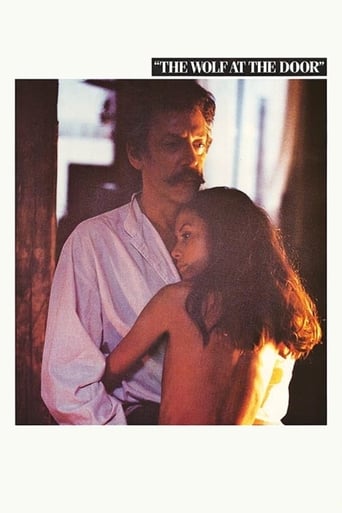












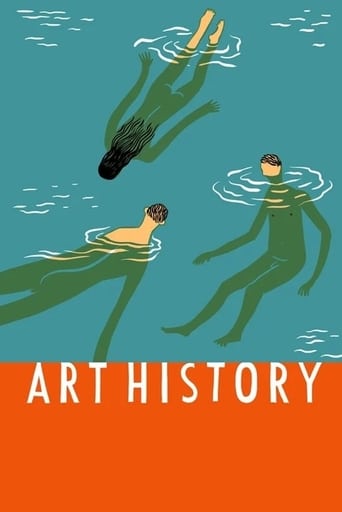





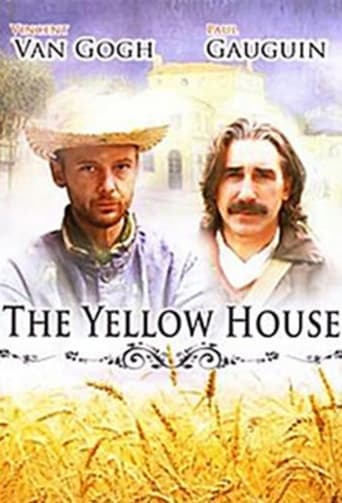















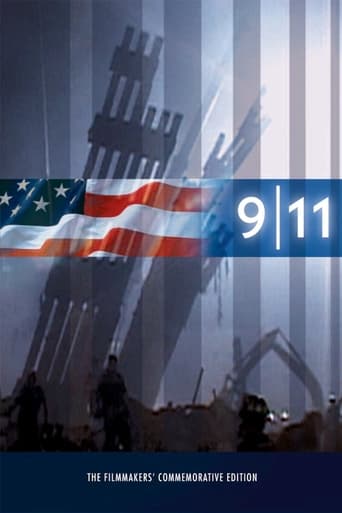

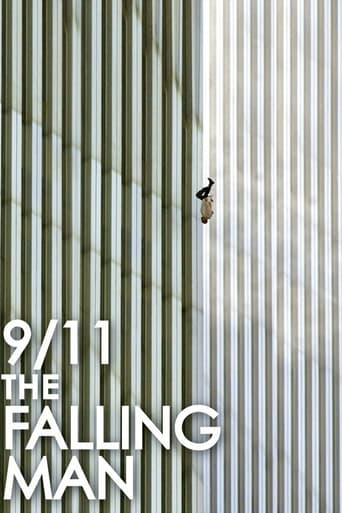

Vincent & Theo
The tragic story of Vincent van Gogh broadened by focusing as well on his brother Theodore, who helped support Vincent. Based on the letters written between the two.